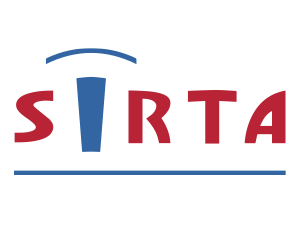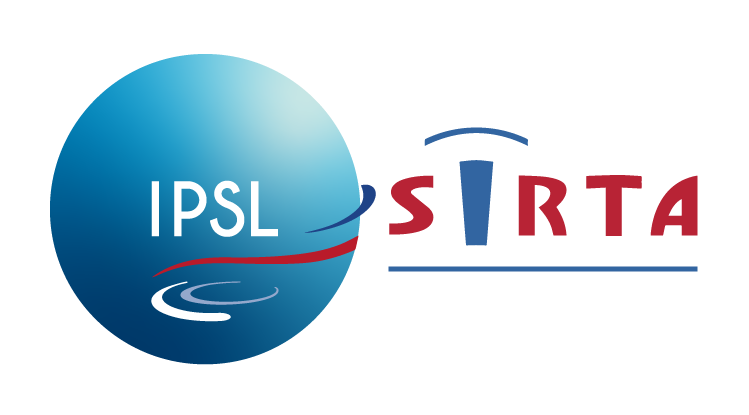Turbulence and dynamics
The activities of this WG are related to the experimental characterisation and the numerical modelling of the dynamic processes in the Atmospheric Boundary Layer (ABL), at microscale and at mesoscale, and their impact on the atmospheric dispersion. Microscale studies are dedicated to the influence of the heterogeneities of the SIRTA site (buildings, forested areas …) on the mean flow and the turbulence (surface fluxes, vertical profiles of turbulent kinetic energy …). A specific focus is given to the meteorological conditions that are unfavourable for the pollutants dispersion (stable stratification, low wind). At mesoscale the SIRTA site is used to perform comparisons with other sites (especially with urban sites) on the development and the characteristics of the ABL. Another topic of interest for this WP is the study of the performance of remote sensing instruments (lidar, sodar …) as function of the atmospheric conditions.
Laboratories: CEREA, IPSL, LMD, P2OA, Météo France
Activities and projects:
- Study of the dynamic processes in the Atmospheric Boundary Layer (ABL)
- Automatic ABL height determination
- Estimation of the surface turbulent fluxes
- Study of the differences between urban and rural ABL
- Numerical microscale modelling of the atmospheric flow and pollutant dispersion in presence of buildings or trees
- Study of the remote sensing instruments performance for wind and turbulence measurements
Highlights:
1. Atmospheric boundary layer dynamics
Contact: Simone Kotthaus
A detailed understanding of atmospheric boundary layer (ABL) processes is key to improve forecasting of pollution dispersion, atmospheric turbulence, and cloud dynamics in the context of future climates. SIRTA is applying advanced ground-based remote sensing measurement techniques to collect high-resolution information on the spatial and temporal variations of temperature, wind and aerosols distributions. Profile observations are processed carefully to derive quality data that describe ABL dynamics, both with a focus on the Paris region and the European scale. SIRTA is engaged in diverse international collaborations whereby enhancing the use of ABL profiling for a range of applications.
2. Microscale modelling of the buildings impact on atmospheric flow
Contact: Eric Dupont
A realistic flow modelling which takes into account the presence of obstacles (buildings, trees …) is of primary importance for the computation of the atmospheric dispersion of pollutants emitted inside a city or by an industrial site. CFD (computational Fluids Dynamics) models are well suited for the atmospheric flow modelling on complex heterogeneous sites. The objective of this activity is to improve the microscale modelling of the processes involved in the atmospheric flow on such sites, using the CFD code Code_Saturne developed by CEREA with EDF-R&D, and the measurements provided by the sonic anemometers installed on the CEREA 30 m mast located in the built-up area of the Ecole Polytechnique campus.


